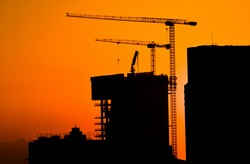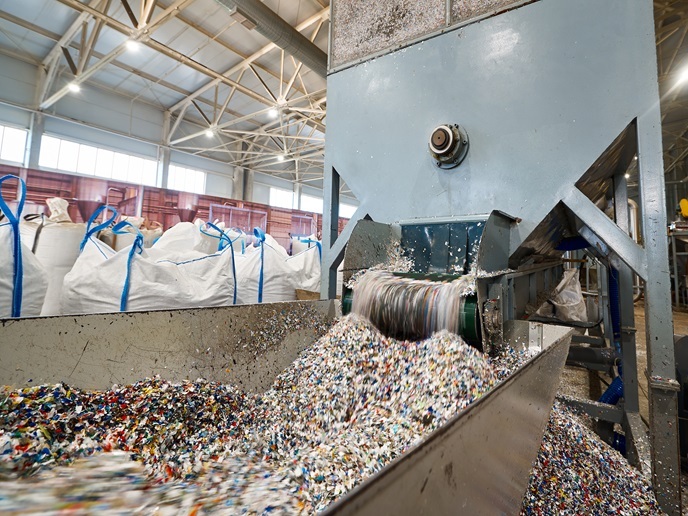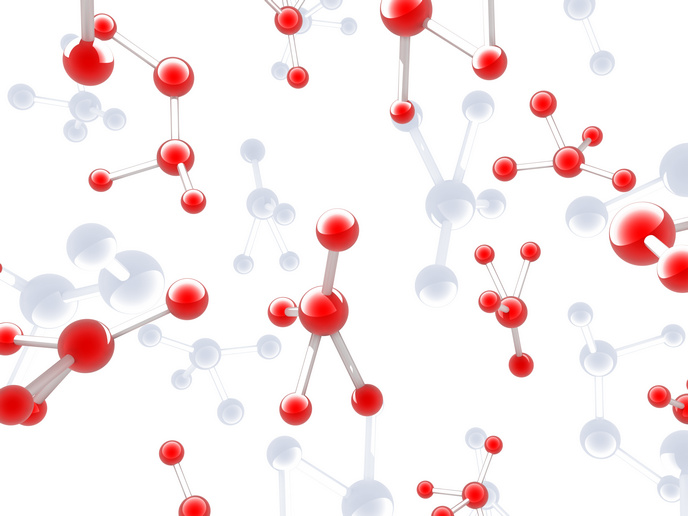‘Sensitive’ buildings adapt to changes
Construction is one of the most traditional and less technified industries, a situation that has negative consequences in many areas, including product quality and the ability to export. To become more competitive, the construction sector needs support in research and development. The EU-funded HYPERMEMBRANE-DEMO(opens in new window) (Demonstration of an adaptable structure for architecture applications) project was launched to provide the construction market with a standardised technology for the erection of lightweight architectonic structures that can reproduce complex geometrical surfaces. The extremely innovative technology has been under development since 2003 and, over the years, has been recognised through many awards and exhibitions. In 2011, it was chosen for funding under FP7. The project eventually ended with a prototype system on which validation tests were carried out. Hypermembrane has a flexible self-supporting structure exploiting the elastic properties of thermoplastic composite materials. With the incorporation of intelligent actuators, construction can take on an endless list of shapes, starting from even the most basic elements. Among its many applications, this revolutionary architectural solution can be used for covering stages and in smart buildings. The ethylene tetrafluoroethylene membranes used are lightweight compared to glass and, importantly, allow the structure to react independently to changes in temperature. By combining physical and digital elements, Hypermembrane proved able to support geometric shapes that are malleable to spatial requirements, light conditions and energy needs. Through dedicated software, the roofing system has also achieved a bending capacity similar to that of human muscles. The HYPERMEMBRANE-DEMO team demonstrated the new technology through a 20-metre long adaptive installation at the Design Hub Museum in Barcelona. The installation is a unique example of biomimetic architecture.







